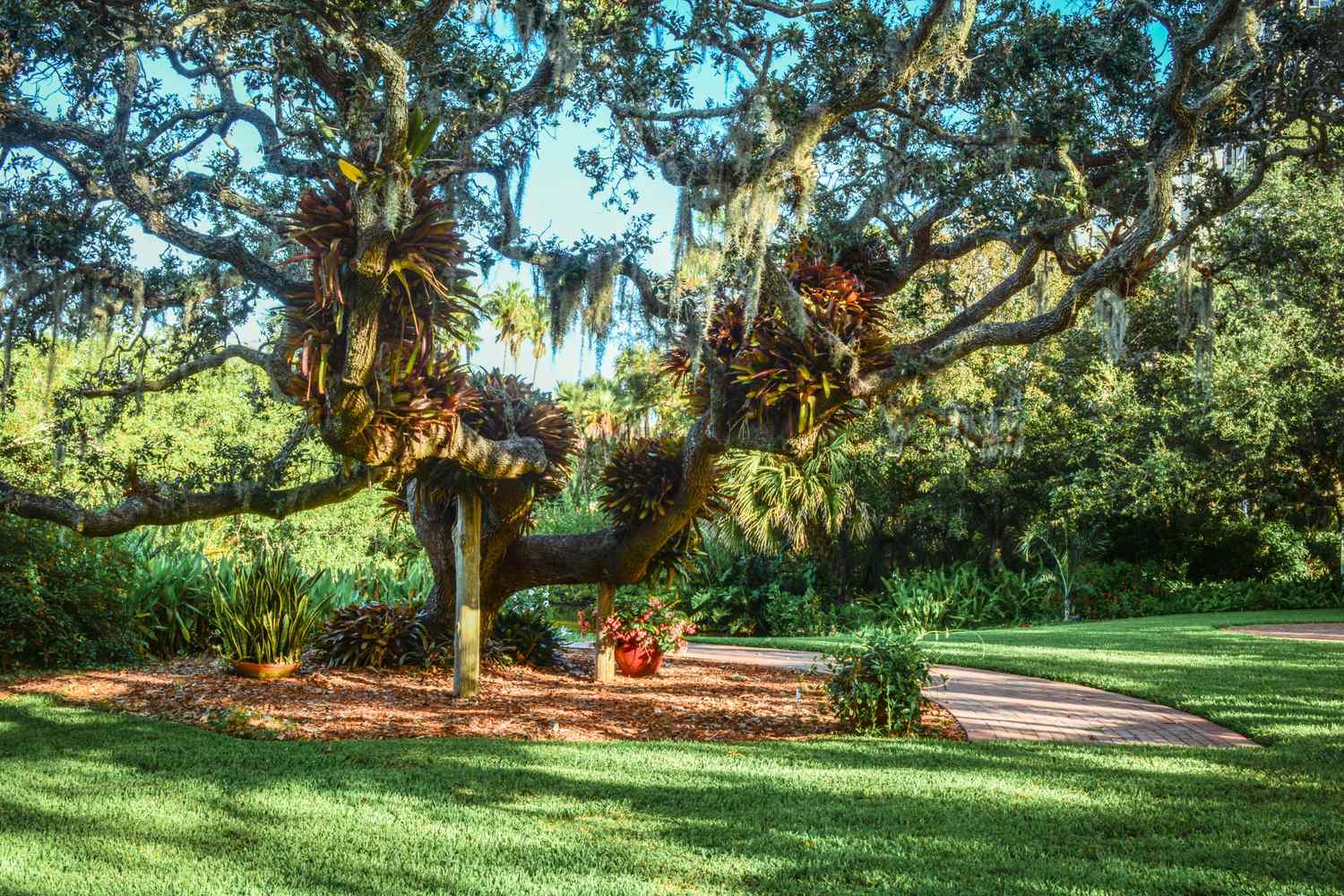Summary
The Marie Selby Botanical Gardens in Sarasota, Florida, is one of the most biodiverse botanical gardens in the world, and now it’s also the worlds first net-positive energy botanical garden complex.
Source: Southern Living

AI News Q&A (Free Content)
Q1: What makes the Marie Selby Botanical Gardens unique in terms of its energy consumption?
A1: The Marie Selby Botanical Gardens in Sarasota, Florida, is celebrated as the world's first net-positive energy botanical garden complex. This means it produces more energy than it consumes, primarily through sustainable practices and solar energy utilization, thereby reducing its carbon footprint and contributing positively to the environment.
Q2: How does the concept of net-positive energy align with broader sustainability goals?
A2: Net-positive energy initiatives, like those at the Marie Selby Botanical Gardens, align with sustainability goals by promoting energy efficiency and renewable energy sources. These initiatives help in reducing greenhouse gas emissions and reliance on fossil fuels, thereby contributing to a healthier planet and supporting global climate change mitigation efforts.
Q3: What role did Marie Selby play in the establishment of the botanical gardens?
A3: Marie Selby, an American philanthropist, played a pivotal role in establishing the botanical gardens by bequeathing her former home and property for public enjoyment. The gardens, named after her, were founded in 1973 and have since become a significant cultural and natural landmark in Sarasota, Florida.
Q4: How can botanical gardens contribute to sustainability and environmental education?
A4: Botanical gardens like Marie Selby contribute to sustainability and environmental education by serving as living laboratories for conservation, research, and public education. They help preserve biodiversity, demonstrate sustainable practices, and provide educational programs that raise awareness about environmental issues and the importance of plant conservation.
Q5: What are some potential challenges faced by botanical gardens in implementing net-positive energy solutions?
A5: Challenges in implementing net-positive energy solutions in botanical gardens may include financial constraints, technological limitations, and the need for specialized expertise. Additionally, integrating such solutions with the existing infrastructure, while maintaining the ecological balance and aesthetic values of the gardens, can be complex and demanding.
Q6: What recent scholarly research explores the use of technology in botanical garden environments?
A6: Recent scholarly research, such as the study on 'Performance Assessment of Lidar Odometry Frameworks' and 'BotanicGarden: A High-Quality Dataset for Robot Navigation,' explores the use of advanced technologies like LiDAR in botanical garden settings. These studies aim to improve autonomous navigation and environmental mapping in natural, unstructured garden environments, enhancing technological integration in botanical research.
Q7: How do social and collaborative activities enhance the experience of gardening, according to recent studies?
A7: According to recent studies, social and collaborative activities enhance gardening by fostering skill-sharing and community engagement. Gardeners often adjust their environments to facilitate social interactions, share embodied skills, and influence learning through observation. This collaboration not only enriches the gardening experience but also strengthens community bonds and promotes sustainability.
References:
- Marie Selby Botanical Gardens
- Sociality and Skill Sharing in the Garden
- Performance Assessment of Lidar Odometry Frameworks: A Case Study at the Australian Botanic Garden Mount Annan
- BotanicGarden: A High-Quality Dataset for Robot Navigation in Unstructured Natural Environments



